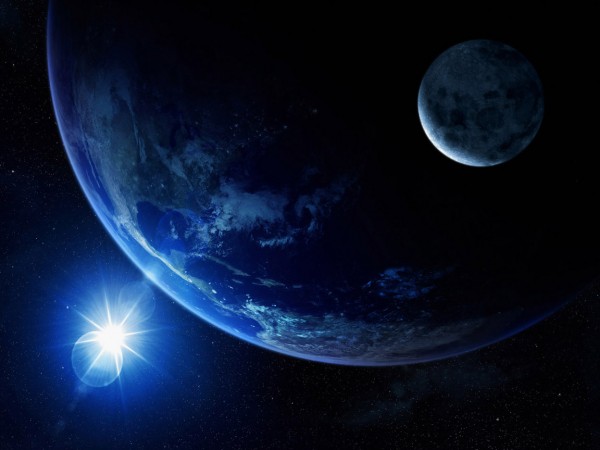Alan
Displayed with permission from Liberaland
Once we’ve used up this planet, is there a planet B?
Planet-hunting for Earth-alternatives is now in full swing, says Professor Sara Seager, an astrophysicist and planetary scientist at the Massachusetts Institute of Technology. “We already know about thousands of planets orbiting stars other than the sun, we call them ‘exoplanets,'” she told me via Skype from California. “And I believe there’s definitely a ‘planet B’ out there somewhere, we just have to find it. And right now, myself and others around the world are building the next-generation of telescopes so that we’ll have the capability of finding and identifying another Earth.”
In the video [below], you can watch Seager detail three recently discovered exoplanets that have each generated a lot of excitement in the scientific community. These planets orbit their stars in the so-called “Goldilocks” zone. They are not too close to, and not too far away from, their respective stars. That means they are-potentially-hospitable to life. Among Seager’s favorites is the Earth-sized Kepler 186-f, but it’s over 500 light-years away, so humans probably won’t be going there. Closer possibilities include HD 40307-g, a large planet in a solar system with as many as six planets.
So will human explorers ever really make it to an exoplanet?
“I really think somehow, some day, someone will find a way to get there,” Seager said. “But it’s definitely not the solution to the problems on our planet right now.”



